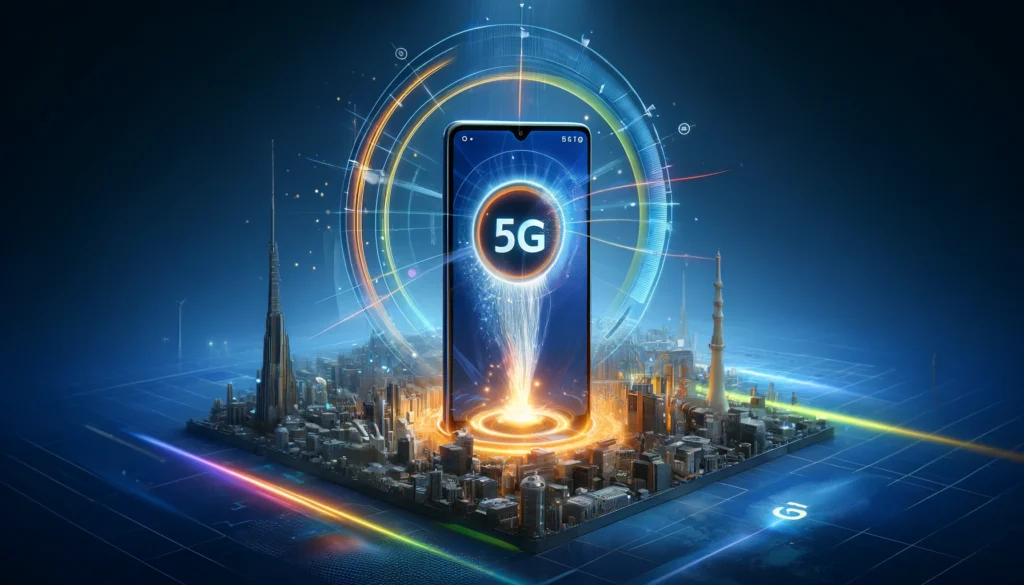In a significant milestone for telecommunications, Nokia has announced the completion of the world’s first audio and video call using 3D spatial audio. This revolutionary call was placed over a cellular network using the 3GPP Immersive Video and Audio Services (IVAS) codec, introducing a new dimension to phone conversations where callers can experience sound spatially in real-time.
The IVAS codec represents a critical component of 5G Advanced, an imminent upgrade to 5G networks that promises not only faster speeds but also improved energy efficiency, more accurate positioning based on cellular data, and other enhancements. Traditional phone calls over cellular networks have been limited to monophonic audio, where the sound is compressed into a single channel. In contrast, spatial audio delivers sound through multiple channels, creating the impression that audio is emanating from different directions.
While spatial audio has already been integrated into some applications such as Apple Music, Netflix, and Disney Plus for a more realistic listening experience, these features have been restricted to specific supported listening devices. The advent of the IVAS codec, however, could bring spatial audio to a vast majority of smartphones equipped with at least two microphones. As Nokia’s president, Jenni Lukander, explains, “This is now becoming standardised… so the network providers, chipset manufacturers, handset manufacturers can begin to implement it in their products.”
This innovation marks a significant step forward for Nokia, yet it is not alone in the endeavour to integrate the IVAS codec into 5G Advanced. Other industry players are also working towards this goal, although, as highlighted by Reuters, the widespread adoption of more immersive audio and video calls over our cellular networks may still be a few years away.
The implications of this technological advancement are far-reaching. Spatial audio can vastly enhance the quality of remote communications, making conversations feel more natural and engaging. This is particularly beneficial for applications in virtual meetings, telemedicine, and remote learning, where clear and immersive audio can significantly improve the experience and effectiveness of communication.
Moreover, the IVAS codec’s integration into 5G networks underscores the continuing evolution and expansion of 5G capabilities. As 5G Advanced develops, users can expect a host of new features that will enhance mobile connectivity and user experience. Faster data speeds and lower latency are just the beginning; improvements in energy efficiency mean longer battery life for devices, and better positioning accuracy opens up new possibilities for navigation and location-based services.
In conclusion, Nokia’s pioneering call using 3D spatial audio sets the stage for a new era in telecommunications. As this technology becomes more widely adopted, it promises to transform the way we communicate, making our interactions more lifelike and immersive. The future of mobile communication is undoubtedly exciting, with spatial audio playing a pivotal role in the advancements to come.






